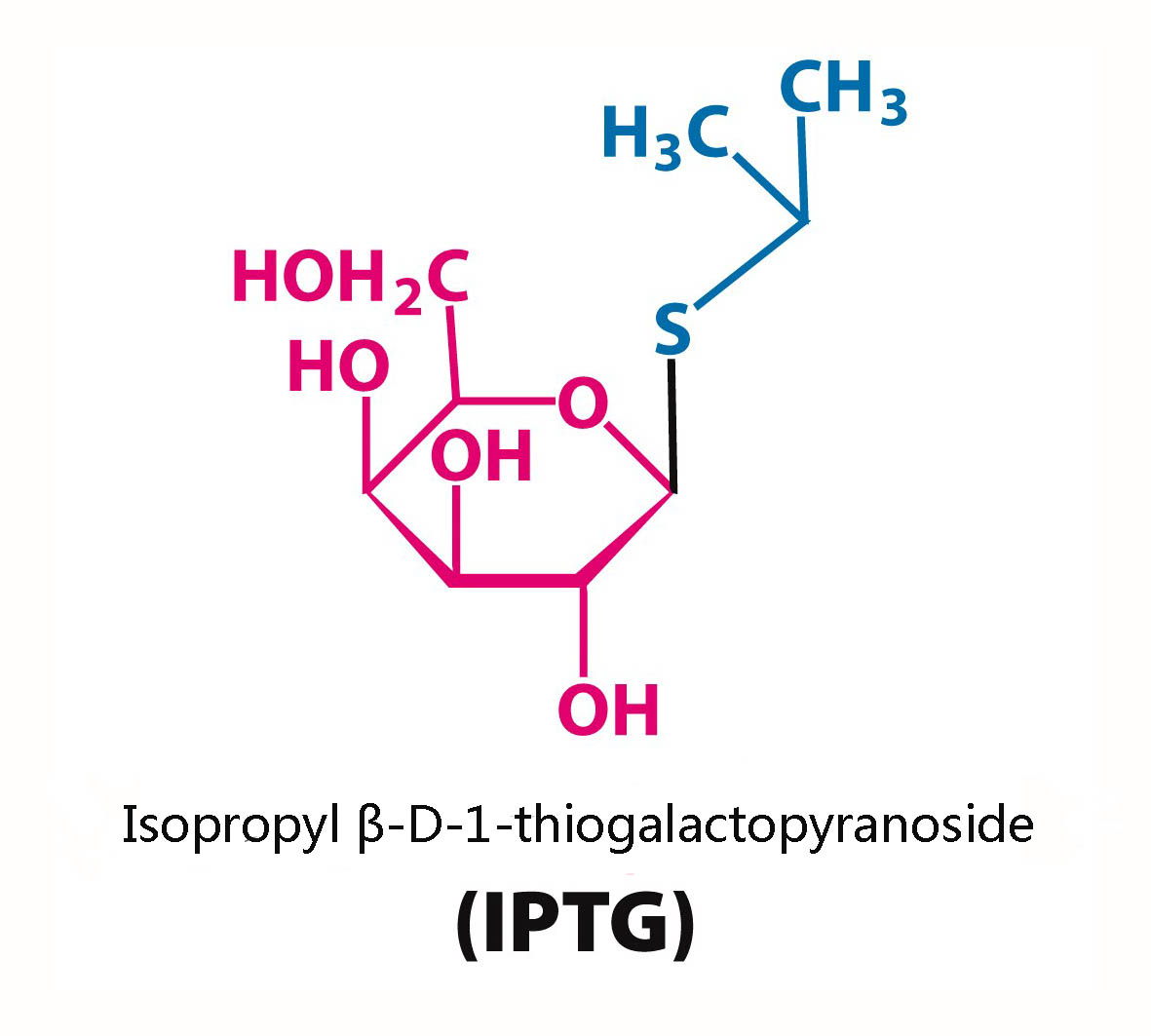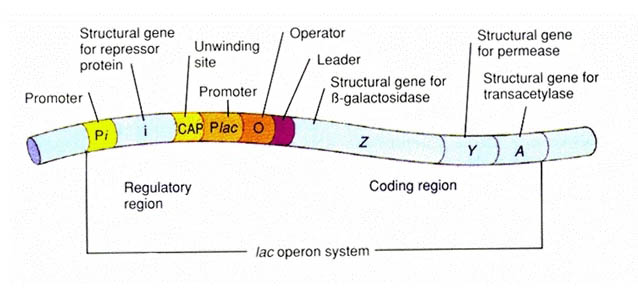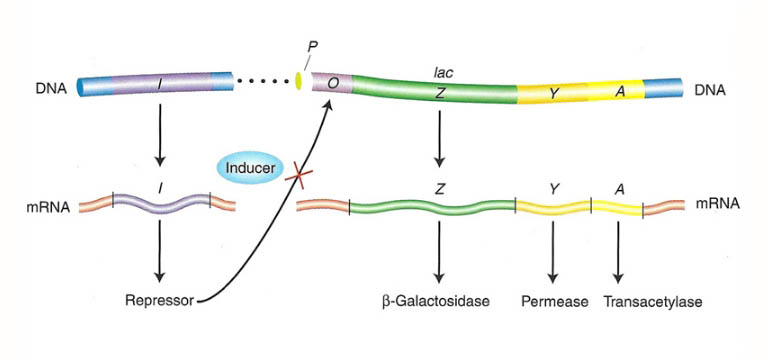In the experiments of molecular biology, inducer IPTG for protein expression is not new to everyone. It is a molecular mimic of allolactose that triggers transcription of the Lac operon, and induces protein expression where the gene is under the control of the Lac operon.

But in the use of IPTG (Isopropyl β-D-1-thiogalactopyranoside), is higher concentration always better?
First, let us review the inducing principle of IPTG.
The vast majority of the genes of the prokaryotes are arranged in a cluster according to functional relationships and are concentrated on the chromosomes to form a transcription unit—the operon. Lactose operon of E. coli contains three structural genes Z, Y and A, which encode β-galactosidase, permease and transacetylase, respectively. In addition, there is the regulatory gene: manipulation sequence (Operator), start sequence P (promoter); while I (encoding Lac repressor) does not belong to the lactose operon.


In this operon system, the real inducer is not lactose. Lactose enters into cells, and is catalyzed by β-galactosidase into allolactose—physiological inducer. In the experiment, IPTG (Isopropyl glucosinolates galactose glucoside) are widely used because it is a strong inducer that not affected by bacterial metabolism and it is very stable.
Then we get back to the question above: the concentration of IPTG, is it the higher the better?
The answer is Not Really!
(2) In general, we hope that soluble protein could express as more as possible, while a large number of inclusion will be formed if IPTG concentration is too high, then the amount of soluble protein is reduced.
Therefore, the most appropriate concentration of IPTG is often NOT HIGH.
The expression level of the target gene is affected by factors such as inducer concentration, induction temperature, induction time and so on. Therefore, in the expression and purification for an unknown protein, it is best to study the relevant factors, including the concentration of inducer IPTG (CAS 367-93-1), in order to select the appropriate conditions to obtain the best experimental results.
Copyright © Suzhou Yacoo Science Co., Ltd. All Rights Reserved
Friendly Links :
online service